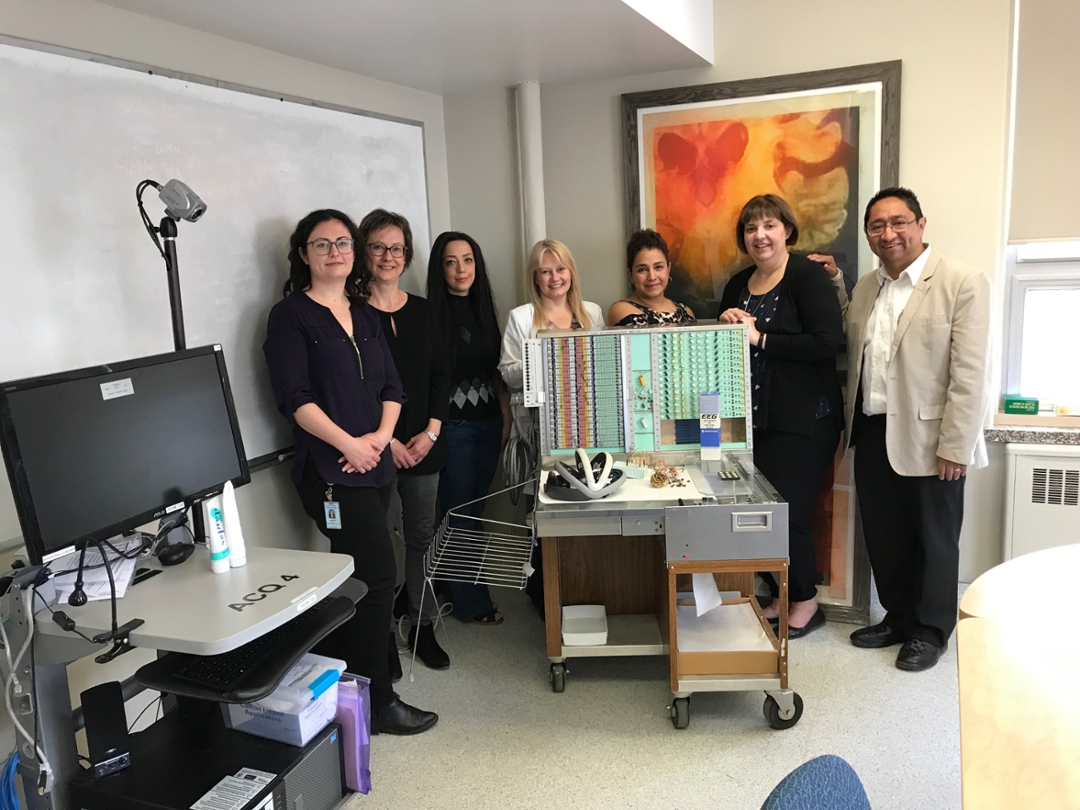
Easing the Journey to an Epilepsy Diagnosis
How one research team is taking an innovative approach to develop an epilepsy clinic using Telehealth and a portable EEG machine.
By Saskatchewan Health Research FoundationFacing a suspected epilepsy diagnosis can be complex and emotional for patients and their families and caregivers. Add in the need to travel long distances from rural and remote areas of Saskatchewan to reach specialists for diagnosis and treatment and this adds additional stress and costs to a patient’s journey.
Epilepsy is as common as five cases per 1,000 people and ranks as the second most commonly reported neurological condition worldwide. The incidence of new cases is also 2.1 times more frequent in northern Indigenous populations. These statistics outline a clear need for an innovative way for patients to access care in our province.
That’s where Dr. José Téllez-Zenteno and his research team come in to play. With funding from a Saskatchewan Health Research Foundation (SHRF) Collaborative Innovation Development grant, his team is investigating the use of Telehealth and a portable EEG device to see patients a little closer to home for the initial steps to diagnosis and decisions for an appropriate treatment plan.
The Saskatchewan Epilepsy Program (SEP) is located at Royal University Hospital (RUH) in Saskatoon. It is here that patients from across the province come for in-patient monitoring or possible surgical workups and to meet with neurologists and neurosurgeons for diagnosis and treatment.
“The time that it takes, not only the time the patient spends travelling, but the time it takes to arrange the travel, is a long time,” says Dr. Lizbeth Hernández-Ronquillo, epidemiologist in the epilepsy research initiative. “This Telehealth approach will mean that patients will be seen easier and faster. This research is working to prove the concept so that patients can be assessed, and they can have answers faster.”
Read more on the Saskatchewan Health Research Foundation news site.
